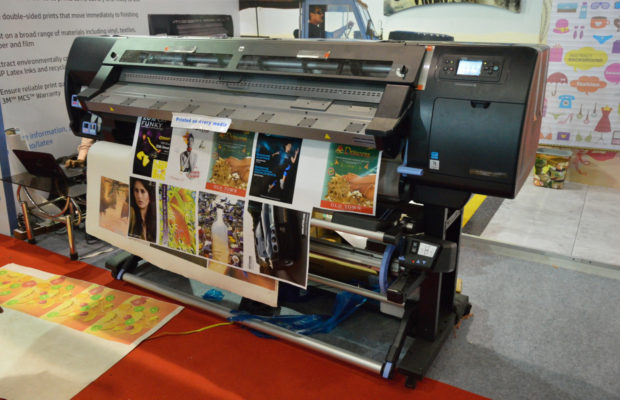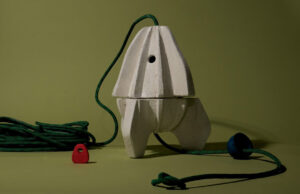Coding – Contact Vs Contact-Free

Continuous inkjet (CIJ), thermal inkjet (TIJ), and laser coding are the three non-contact forms of coding techniques and thermal transfer is the most chosen method of contact coding.
The main difference between contactless and contact coding techniques has more to do with how the industrial ink is transferred to the designated substrate.
CIJ and TIJ methods force ink droplets out of nozzles using pressure, so the ink is essentially thrown at the intended substrate.
CIJ allows for a high-velocity process, which makes it possible for ink to be thrown a longer distance of up to 10 millimeters between the substrate and the printhead.
TIJ is used for printing at shorter distances. For optimal results, the substrates in TIJ printing should be less than 2 millimeters from the printhead.
Contact thermal transfer coding is processed through heat transfer onto specialty industrial ink coated tape (or ribbon). The tape transfers the image, text, or other imprint to the label. Since the printhead must touch the substrate in this technique, the units are installed onto packaging machinery or labelling system.
How can you determine when to use contactless or contact coding technology?
- In late stage customization is a growing trend for product descriptions, bar codes, batch codes, and such. Where this data is static, digital technology is preferable. Large print areas for late stage customization is best suited to thermal transfer (contact), but for small amounts of data, contactless coding is desirable.
- Substrates with varying thickness brings challenges to the industrial ink coding industry. This is an issue that most often occurs in coding pharmaceutical cartons. When a manufacturer wants to have printing on surfaces that vary in thickness, CIJ or TIJ is the preferred method. A contact coder needs a consistent thickness, but TIJ and CIJ technology is capable of printing over folds, seams, and sections with various thicknesses.
- Machine readable codes like EAN13 bar codes come out the best when using the contact thermal transfer technique. However, if you’re printing data-matrix codes, which are substantially smaller, TIJ or CIJ systems are ideal.
- Date and batch codes are considered to be small amounts of data, which is better served using contact-less TIJ technology. This technology is cleaner, more compact, and easier to use than thermal transfer. While thermal transfer can be used, it’s not cost-effective in this process.
- Filled packaging, like cartons or pouches requires contact-less coding over contact coding. Thermal transfer coders labor when you try to print on anything beyond flat film.
- Shiny surface printing on glossy surfaces is the perfect substrate for thermal transfer coding because of how the process bonds the industrial ink to the surface, providing a durable print. TIJ is limited regarding the materials it can print on, which is primarily semi-porous and porous materials like labels and cards. Since the development of ethanol-based industrial inks, TIJ can print on substrates like POPP, PET, and cast PP plastics with exceptional adhesion.
- Color printing on dark surfaces usually requires special colors like silver or white for contrast and readability. Thermal transfer works with a change to high-contrast tape, which is ideal compared to the waste of trying inkjet printing in color.
These are just a few examples of seven scenarios to help you differentiate between contact-less and contact printing systems.













 © 2024
© 2024
0 comments